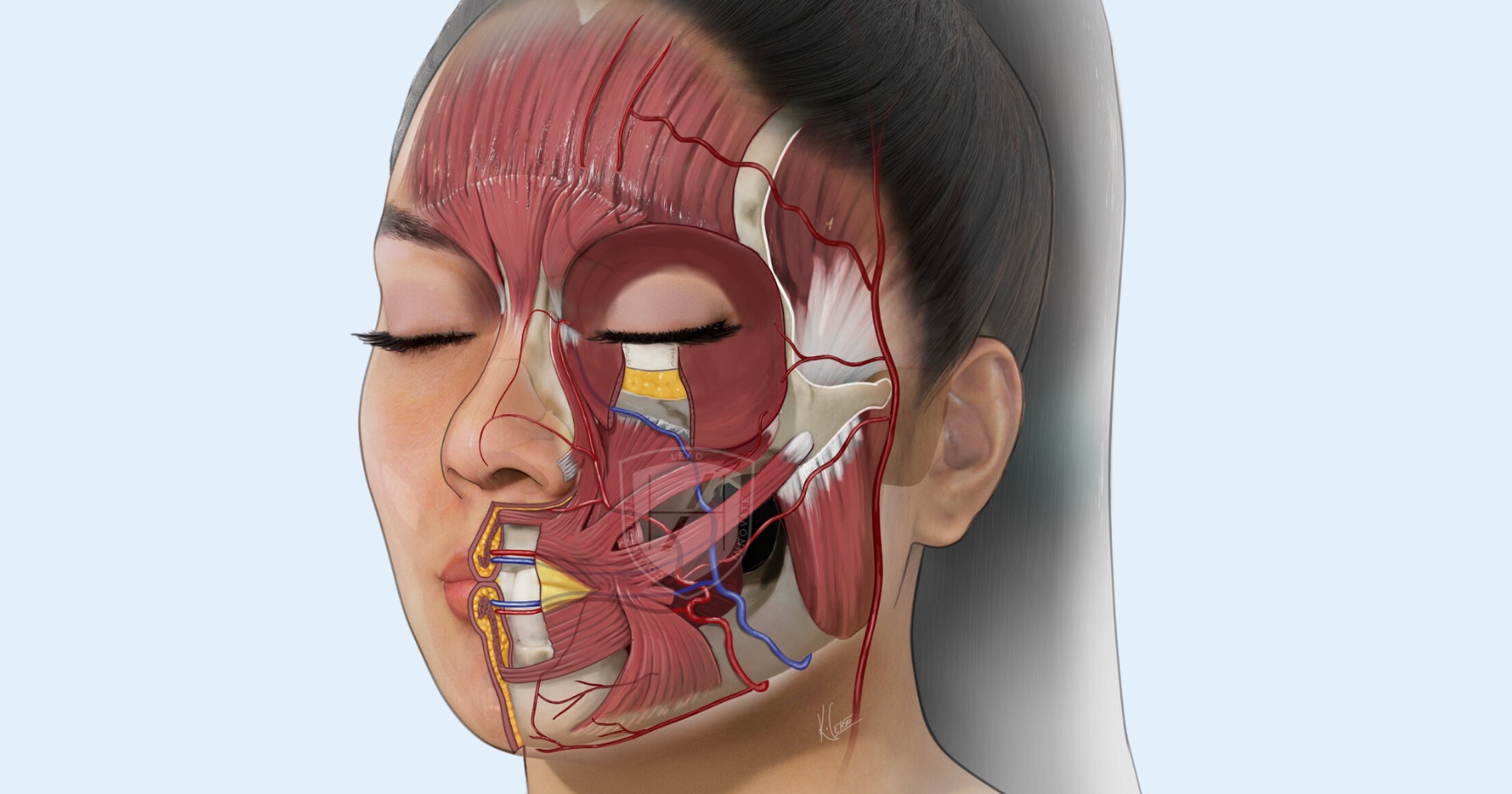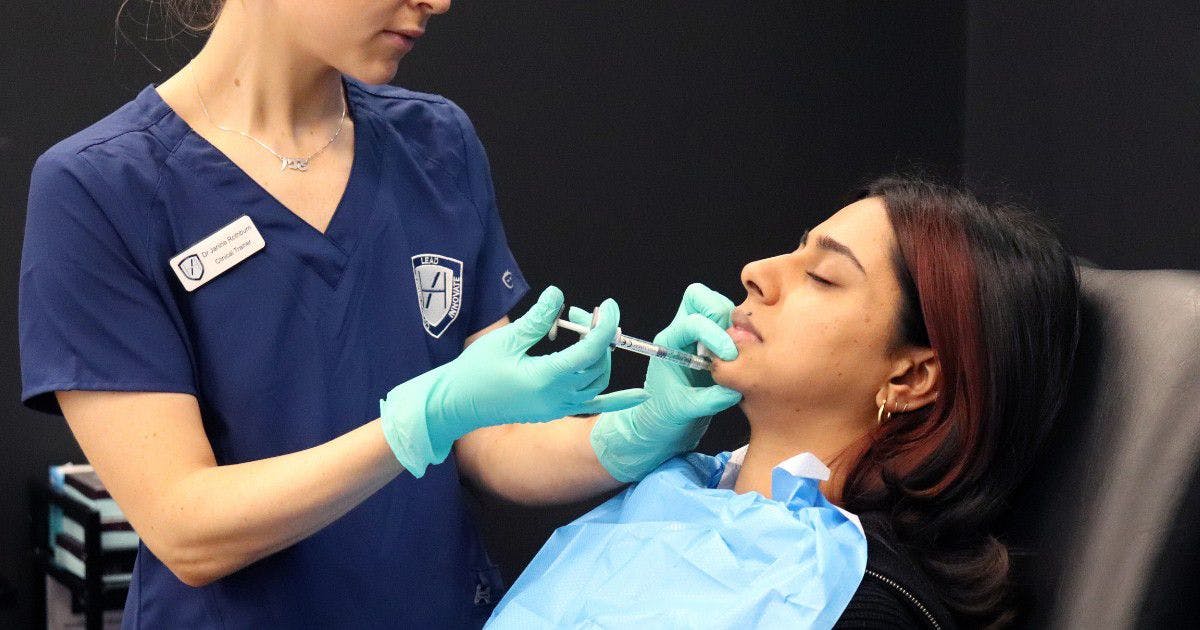5 Reasons Cosmetic Dentists Should Add Facial Aesthetics To Their Services

Dentists are uniquely placed to incorporate facial aesthetics into their existing practices.
As highly skilled healthcare professionals and independent prescribers, they often find the transition into aesthetic medicine easier – and practice growth more rapid – than other professionals.
Here are five of the key reasons for this...
1. Dentists are inherently skilled in providing cosmetic treatments
From day one, dentists have superb hands-on skills for injecting toxins and fillers.
Through years of training and practising interventions in the oral cavity requiring fine motor skills, dentists naturally bring excellent transferable skills. These can be readily applied to cosmetic injectables.
Alongside the skills base advantage, dentists tend to typically be more commercially minded than doctors and nurses. As such, they're frequently well-positioned to build successful businesses in a growing field. Dentists are more familiar with a private healthcare environment, and confident in treatment planning for high-value cosmetic treatments.
They are also prescribers by definition, benefitting from holding a stock of prescription-only medications, and being able to prescribe the necessary drugs to practice safely.
Finally, dentists work from the perfect location to carry out cosmetic injectables – a CQC-registered premises with a treatment chair.
2. Patient retention is standard practice
More and more dentists are moving into facial aesthetics because those who provide facial aesthetic services can out-compete their local competition.
Patients who have cosmetic injectable treatments return for further treatment multiple times per year, so their dental practitioners are well placed for patient retention and providing lifetime care.
3. Aesthetic treatment expands the options for smile makeovers and treating bruxism
Dentists have unique understanding of the mouth and oral cavity.
Dentition affects the external appearance of the lips, and an understanding of bite classification significantly helps when planning filler treatments to balance the facial profile.
Patients suffering from bruxism and TMJ symptoms can benefit from toxin treatment to the masseter muscles. This allows cosmetic dentists to provide effective treatment for frequently presenting dental conditions.
Aesthetic treatments also add to the range of options for ‘gummy smile’ correction. Dentists can treat the levator labii superioris alaeque nasi muscle with a small dose of botulinum toxin.

4. Regulation supports dentists in aesthetic medicine
Voluntary, PSA-Accredited registers such as the JCCP and SaveFace allow dentists to enter the register at Level 7, alongside other healthcare professional groups.
Dentists are also able to study a Level 7 injectables course. This allows them to future-proof their medical aesthetics career through obtaining an Ofqual-regulated qualification in botox and fillers.
5. Learning about skin broadens practitioner perspective
At Harley Academy we believe dentists shouldn’t just stop at injectables – skin rejuvenation is a growing field in aesthetic medicine where dentists have a natural interest.
Being able to provide a complete range of treatments improves the commercial visibility and viability of a business. These can include, for example, chemical peels, topical skincare and microneedling.
Providing these services also offers better, more personalised care to patients. This is why Harley Academy provides a Cosmetic Dermatology course specifically designed to allow dentists to learn how to treat patients presenting with cosmetic skin concerns.
We see many dentists are moving into facial aesthetics because it fits perfectly with their existing business. Harley Academy trains hundreds of successful Level 7 and Cosmetic Dermatology graduates from the dental field. If you’d like to learn more, please attend one of our Open Evening events or Foundation Days to see how facial aesthetics can work for you.
All information correct at the time of publication
Download our full prospectus
Browse all our injectables, dermal fillers and cosmetic dermatology courses in one document
By submitting this form, you agree to receive marketing about our products, events, promotions and exclusive content. Consent is not a condition of purchase, and no purchase is necessary. Message frequency varies. View our Privacy Policy and Terms & Conditions
Attend our FREE open evening
If you're not sure which course is right for you, let us help
Join us online or in-person at our free open evening to learn more
Our Partners














STAY INFORMED
Sign up to receive industry news, careers advice, special offers and information on Harley Academy courses and services

